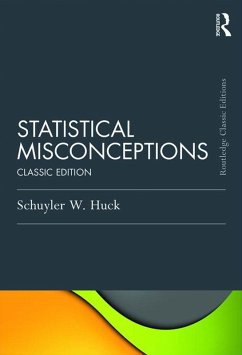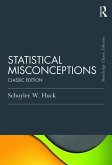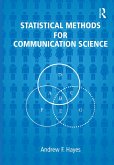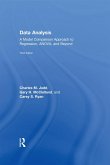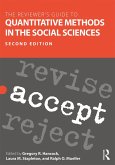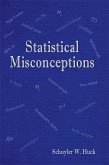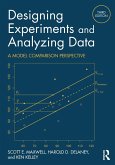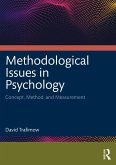Dieser Download kann aus rechtlichen Gründen nur mit Rechnungsadresse in A, B, BG, CY, CZ, D, DK, EW, E, FIN, F, GR, HR, H, IRL, I, LT, L, LR, M, NL, PL, P, R, S, SLO, SK ausgeliefert werden.
"Using a five-step approach, Schuyler Huck skillfully dispels 52 common statistical misconceptions on descriptive as well as inferential statistics. It is a valuable book for both instructors -- for detecting where and how misconceptions might arise -- and students -- to strengthen their correct understanding of key statistical concepts. ... The "undoing the misconception" step is very effective in helping to consolidate the correct grasp of concepts. ... In sum, Huck's book is a great book for everyone." - Carla Martins, School of Psychology, University of Minho, Braga, Portugal

